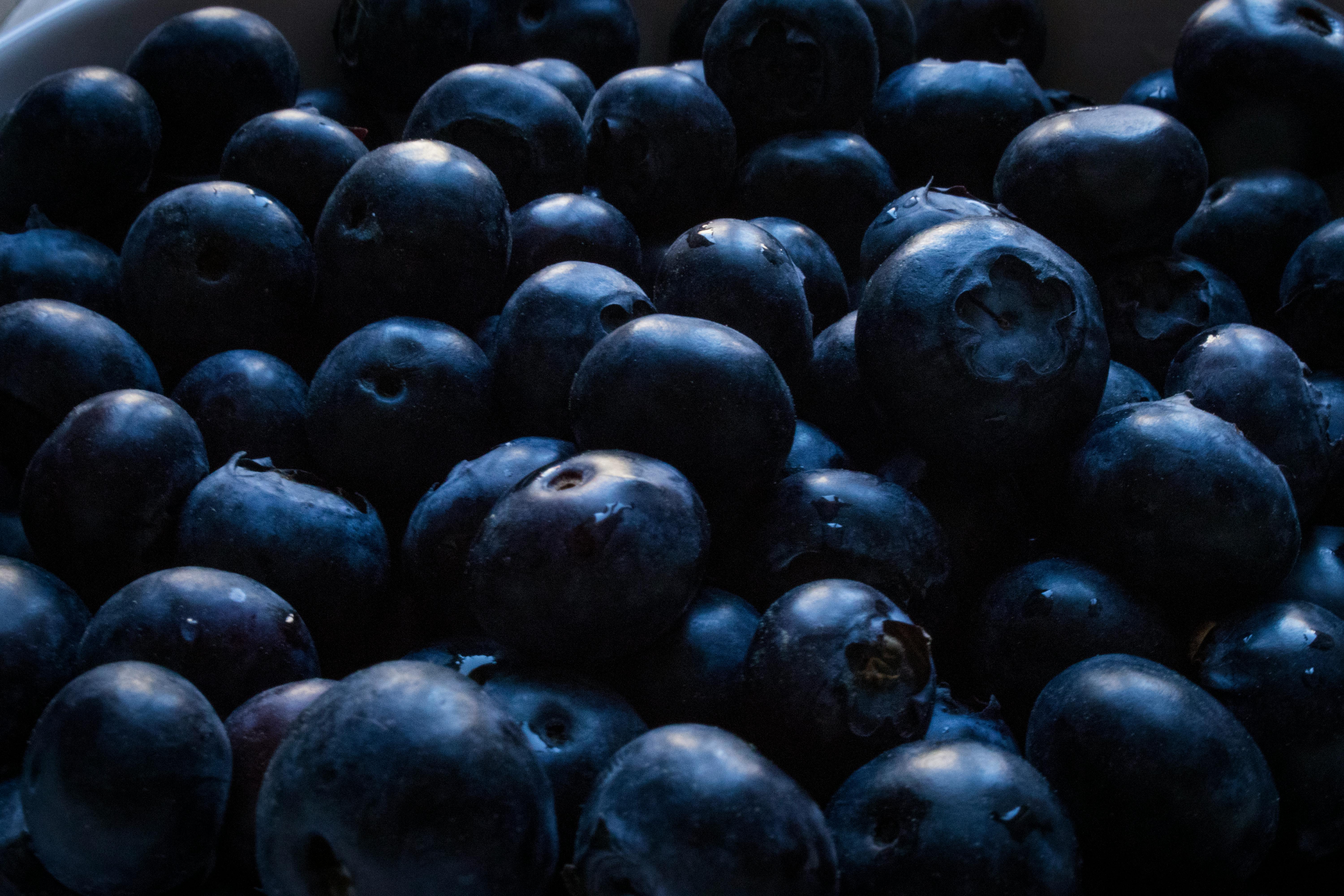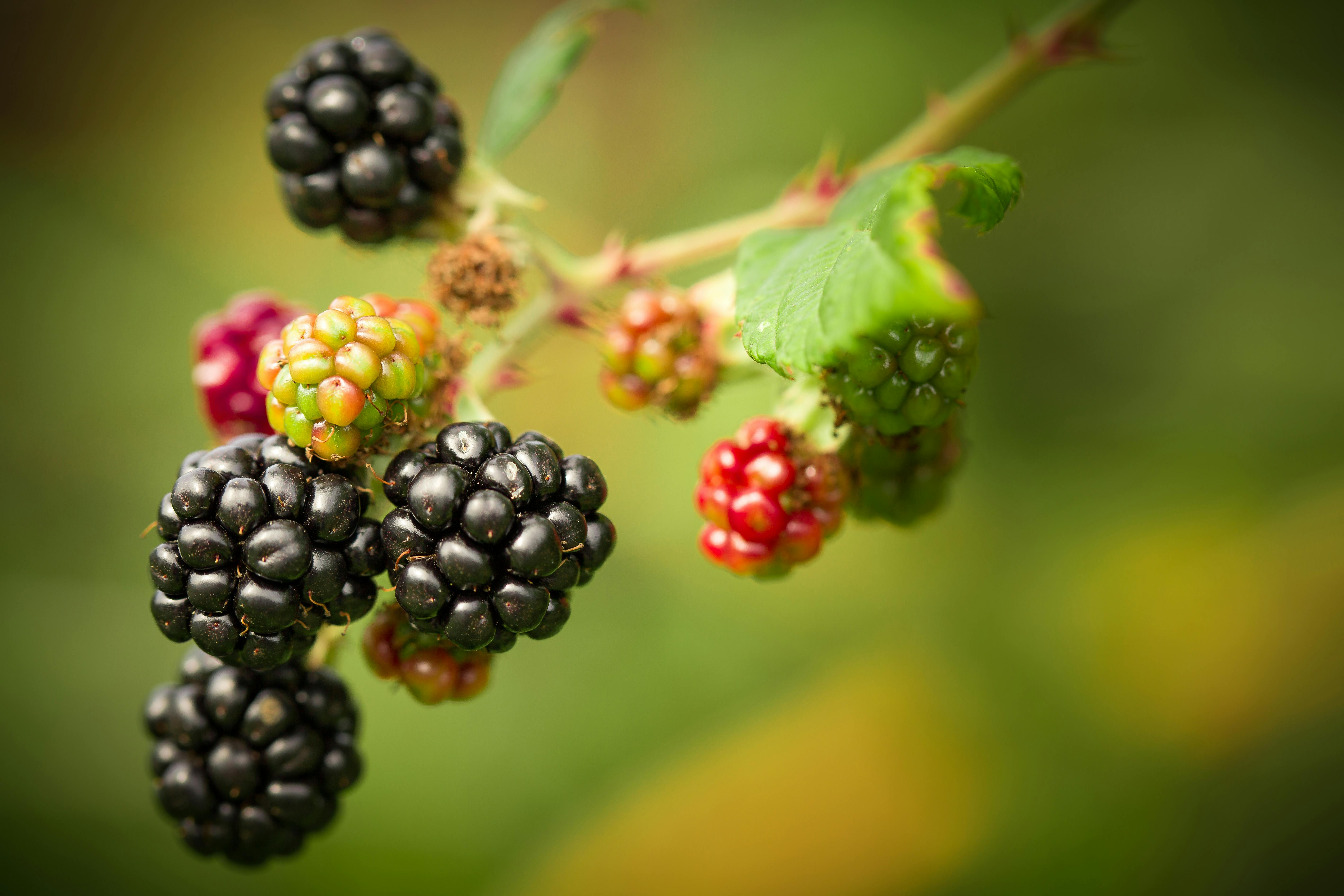Growing blueberries from cuttings is a relatively easy and efficient way to propagate your blueberry plants. It is a great option for gardeners who want to increase their berry production quickly and easily. By taking cuttings from existing plants, you can create multiple new blueberry bushes in a short period of time. This guide will provide you with step-by-step instructions on how to grow blueberries from cuttings.Preparing the cuttings involves taking a cutting from an existing plant and preparing it for planting in a new location. This process involves selecting a healthy, non-flowering shoot or stem from the parent plant, removing leaves near the bottom of the cutting, and dipping it into a rooting hormone to encourage root growth. Once the cutting is prepared, you can plant it in moist soil in its new location.
Soil Preparation
Soil preparation is an important step in planting cuttings. Before planting, it is necessary to make sure the soil is of the appropriate texture and has adequate drainage. The soil should be loose and well aerated to help the cuttings take root. Add organic matter such as compost or manure to help improve drainage and nutrient availability. It is also important to make sure the soil pH is within the range that will be suitable for the type of plant being grown.
Watering
Proper watering of cuttings is essential for successful rooting. Cuttings should not be kept too wet, as this can cause them to rot before they have a chance to root. They should also not be allowed to dry out completely, as this can cause them to wilt and die. A light misting with a spray bottle or light watering with a gentle stream from a watering can will help keep the cuttings moist without over-saturating them.
Light
Cuttings need adequate light in order to take root and grow properly. Too much direct sunlight can cause them to dry out too quickly, so it’s best to provide indirect light such as through a south-facing window or grow lights. If possible, provide between 12-14 hours of light per day for optimal growth.
Temperature
The temperature at which cuttings are kept during rooting has an effect on their success rate. Generally speaking, cuttings do best when kept between 18-21°C (65-70°F). If the temperature falls below this range, it can cause the cutting to slow down its growth rate; if it rises above it, it can cause them to wilt and die.
Planting The Cuttings
Once the soil has been prepared and all other conditions have been met, it’s time to plant the cuttings! Choose a container that’s large enough for your particular type of cutting – some may require larger pots than others – then fill with pre-moistened potting mix or seed starting mix. Make sure there are plenty of holes in the bottom for drainage before adding your cutting(s). Plant each cutting at least 4 inches apart from one another and press lightly into place so that they are secure but not too tight.
Once planted, water lightly around each cutting using a spray bottle or gentle stream from a watering can until fully saturated. Place your newly planted cuttings in indirect sunlight (or under grow lights) and monitor daily for signs of wilting or drying out – misting every couple of days may help keep them hydrated until they take root.
Soil Requirements for Growing Blueberries from Cuttings
Soil is an important factor to consider when growing blueberries from cuttings. The soil should be well-drained, nutrient-rich, and slightly acidic. It should also contain a good amount of organic matter such as compost or manure. The pH of the soil should be between 4.5 and 5.5 to ensure that the blueberries develop properly. Additionally, the soil should contain some sand or peat moss to improve drainage and aeration.
When preparing the soil for blueberry cuttings, it is important to make sure it is free from any weeds, stones, or debris that could interfere with root growth. The area should be cleared of any existing vegetation and tilled to a depth of at least six inches. After tilling, mix in some compost or manure to provide additional nutrients for plant growth. Additionally, add a layer of mulch on top of the soil to help retain moisture and prevent weeds from taking over the area.
Watering is also an important factor when growing blueberry cuttings in the soil. It is best to water deeply but infrequently to ensure that all parts of the root system receive adequate moisture without causing saturation or runoff problems. Additionally, supplementing with liquid fertilizer every few weeks will help promote healthy growth and berry production.
By following these simple steps and providing proper care for your blueberry cuttings, you can enjoy delicious homegrown fruit in no time!
Watering and Fertilizing Blueberry Cuttings
When propagating blueberries, watering and fertilizing the cuttings is an essential part of the process. Without proper care, the cuttings will not take root and can quickly dry out. To ensure successful rooting of the blueberry cuttings, it is important to keep them consistently moist and provide adequate nutrients.
Watering should be done regularly, as soon as the soil begins to dry out. A small mister or spray bottle can help keep moisture levels consistent without over-saturating the soil. If kept in a pot or other container, be sure to check for drainage holes so that water does not accumulate in the bottom of the container.
Fertilizing should be done every two weeks with a balanced fertilizer such as 10-10-10 or 20-20-20. It is important to dilute the fertilizer to half strength before applying it, since too much fertilizer can burn new roots and stunt growth. If using a liquid fertilizer, apply it directly to the soil around each cutting. If using granular fertilizer, mix it into the top inch of soil before planting each cutting.
In addition to regular watering and fertilizing, it is also important to protect blueberry cuttings from extreme temperature fluctuations and direct sunlight. To keep temperatures consistent, cover cuttings with a light cloth such as cheesecloth or burlap during periods of extreme heat or cold. And if possible, place them in partial shade during hot summer months to prevent them from drying out too quickly or becoming sunburned.
With proper care and attention, blueberry cuttings should take root within 6-8 weeks. After this time period has passed, remove any protective covers and allow them to receive full sun exposure for optimal growth rates. With ample sunlight and regular water and fertilizer applications, you will soon have healthy young plants ready for transplanting into their permanent home!
Pruning and Training Blueberry Bushes
Pruning and training blueberry bushes is an important part of maintaining healthy plants. Pruning helps to remove dead and weak branches, while training helps to shape the bush into a more desirable form. When pruning and training blueberry bushes, it is important to do so in a way that encourages growth, while also preventing disease and pest infestations.
To begin pruning, it is best to start with removing any dead or damaged branches. This will improve air circulation and light penetration, which are necessary for healthy growth. It is also important to remove any branches that are too close together or crossing each other as this can lead to fungal infection. Once the deadwood has been removed, thin out the plant by removing any weak or spindly branches. This will help promote better growth overall.
When training blueberry bushes, it is important to ensure that the bush has an open center with well-spaced branches. This allows for more even sun exposure and improved air circulation throughout the plant. Additionally, you can train certain branches outward so they will be able to bear more fruit in the future. To do this, gently tie them down with twine or wire until they take on their new shape.
Pruning and training blueberry bushes should be done annually in order to maintain healthy plants and maximize fruit production. It is best to do this in late winter or early spring before new growth begins so you can easily identify any problem areas that need attention. With proper care and maintenance your blueberry bushes will produce delicious fruit for many years!

Transplanting Blueberry Cuttings
Transplanting blueberry cuttings is a great way to expand your blueberry crop. It’s a relatively simple process, but there are some important steps to consider before attempting it. First, it’s important to understand what type of cutting you need and where to get it. Blueberry cuttings can be taken from either healthy current season growth or dormant wood from the previous season. If you choose to use dormant wood, it should be from branches no more than one year old. This is important for successful rooting and vigorous growth of the new transplants.
Once you have obtained the cuttings, you will want to make sure they are prepared correctly for transplanting. Dip each cutting into a rooting hormone solution before planting in order to increase the chances of successful rooting and establishment of the new plant. The hormone solution also helps guard against disease and insect infestations.
Next, select a location for your new transplants that has well-draining soil and plenty of sunlight. It’s best to plant them in raised beds or elevated rows if possible in order to increase drainage and reduce the chance of root rot or other diseases that may occur due to poor air circulation around the roots. Once planted, water thoroughly and keep the soil moist but not soggy until new growth appears.
Finally, once your transplants start growing, you will want to fertilize them with a balanced fertilizer such as 12-12-12 every two weeks during the growing season in order to ensure optimal health and vigor. Regular pruning of new shoots will also help shape your transplants into sturdy productive plants that can produce an abundant harvest year after year!
Controlling Pests and Diseases in Blueberry Plants
Blueberry plants are vulnerable to pests and diseases, so it is important to take steps to prevent these issues. The best way to protect your blueberry plants is through regular inspections and proper care. Inspecting the plants regularly allows you to identify any potential issues before they become too severe, and proper care will help ensure that the plants are healthy and strong.
It is important to remove weeds from around the base of the plants, as these can harbor pests and diseases. Keeping the area free of debris can also help reduce the risk of pest or disease problems. Pruning should also be done on a regular basis in order to maintain the health of the plant. Pruning encourages new growth, which can help reduce pest and disease pressure.
In addition, it is important to use fertilizers and pesticides correctly when treating blueberry plants for pests or diseases. The type of fertilizer used should be appropriate for blueberries, as some may be too aggressive for the plant. Pesticides should also only be used when necessary, as overuse can lead to a buildup of toxins in the soil that could be harmful to other plants or animals.
Finally, it is important to water blueberry plants correctly in order to prevent disease problems. Too much water can lead to root rot, which can cause serious damage to the plant if not treated quickly. On the other hand, not enough water can cause stress on the plant that could make it more susceptible to pests or diseases. Watering correctly will help keep your blueberry plants healthy and strong throughout their growing season.
Harvesting Blueberries from Cuttings
Harvesting blueberries from cuttings is a great way to get your hands on fresh, organic blueberries. Not only is it a great way to save money, but it’s also a great way to get some of the most flavorful and nutritious blueberries available. There are several easy steps to harvesting blueberries from cuttings, and with a little bit of patience and practice, you can be enjoying your own harvest in no time.
The first step in harvesting blueberry cuttings is to identify the variety of blueberry that you would like to grow. Different types of blueberry bushes produce different sizes and flavors of berries, so make sure you have identified the type of bush that will best suit your needs. Once you have identified the type of bush, you can purchase or obtain cuttings from the variety you have chosen.
Once you have collected your cuttings, the next step is to prepare them for planting. This involves trimming off any damaged parts of the cutting and soaking them in water for at least an hour before planting. Once they are ready for planting, make sure that they are planted in soil that is well-drained and has plenty of organic matter added in order to provide adequate nutrients for the plants.
After planting your cuttings, it’s important to provide them with adequate water and sunlight. Blueberry bushes need plenty of water and sunlight in order to thrive, so make sure they are getting both on a regular basis. Blueberry bushes should also be protected from strong winds, as this can damage their delicate flowers and berries.
It can take up to three years for blueberry cuttings to produce fruit, so be patient! When your bushes are ready for harvest, gently rotate each berry between your fingers until it comes off easily. Once all your berries have been harvested, enjoy their sweet flavor straight away or store them in an airtight container for later use.

Conclusion
Growing blueberries from cuttings is a great way to get a head start on your blueberry bush crop. It is a simple process that requires minimal supplies and doesn’t take much time. With just a few steps, you can have a thriving blueberry bush in no time. The most important thing to remember when taking cuttings is to make sure that they are healthy and free from disease or pests. Once you have healthy cuttings, you can easily plant them in soil and keep them well watered until the roots begin to form. If cared for properly, your new blueberry bush should produce delicious blueberries in no time!
Growing blueberries from cuttings is an effective and cost-efficient way to get started with growing your own blueberry bushes. With just a little bit of knowledge and some patience, you can have your own backyard full of juicy blueberries for many years to come.



